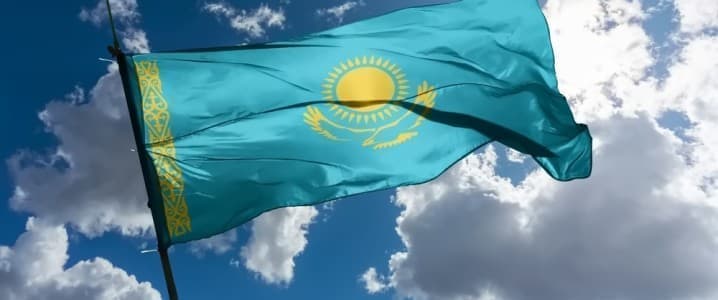
The latest report from the International Monetary Fund (IMF) reveals that Kazakhstan’s economic growth has propelled its GDP per capita to a projected $14,770 for 2025, surpassing Russia’s anticipated $14,260. This marks a significant shift in economic standings among post-Soviet states, with Kazakhstan now ranking above all except the Baltic nations and outpacing China in GDP per capita.
Kazakhstan’s rise is attributed to its vast oil and mineral resources, showcasing remarkable economic resilience over the past quarter-century. Despite challenges like declining oil prices and persistent inflation, the nation has demonstrated robust growth. In an interview with Current Time TV on August 16, Kazakh financial analyst Rassul Rysmambetov described this achievement as historical, noting, “It is a historical achievement that we’ve passed them… Russia’s always been the biggest economy of the ex-Soviet countries.”
Kazakhstan’s economic performance has been particularly strong since the pandemic, with a growth rate of 6.2 percent in the first half of this year. Key sectors, including transportation and construction, have contributed significantly to this rise, according to Forbes Kazakhstan. The country continues to outperform its Central Asian neighbors, with projected GDP per capita figures of $13,340 for Turkmenistan, $3,510 for Uzbekistan, $2,750 for Kyrgyzstan, and $1,430 for Tajikistan based on the same IMF data.
While the IMF’s figures provide a positive outlook, they come with caveats. The World Bank still estimates Kazakhstan’s GDP per capita to be around $800 lower than Russia’s, based on data from the previous year. Furthermore, when adjusted for purchasing power, Russia’s GDP per capita remains higher at $49,380 compared to Kazakhstan’s $44,450. This suggests that while Kazakhs may have more nominal income, the value of their currency impacts purchasing power significantly.
Notably, economist Sergei Guriev attributed Kazakhstan’s economic success partly to its lack of economic sanctions, unlike Russia, which has faced numerous restrictions that have hindered its economy. Guriev stated at the Open Economy forum in Astana, “Kazakhstan was successful in avoiding the mistakes that Russian authorities made.” As Europe seeks alternatives to Russian oil, Kazakhstan has benefited by selling its crude at market prices, contrasting with Russia’s capped oil price of $60 per barrel.
Looking ahead, potential challenges loom for Kazakhstan. Oil prices, crucial to its economy, have dipped significantly over the past year. The European benchmark Brent crude fell from $76 per barrel in August 2024 to $66 currently. Despite being part of the OPEC+ cartel, Kazakhstan has faced tensions for exceeding its production quota, largely due to the expansion of the Tengiz oilfield.
Inflation remains a concern, with prices rising by 10 percent year-over-year as of spring. Although U.S. tariffs have minimal direct impact—less than 3 percent of Kazakh exports go to the U.S.—the repercussions of economic slowdowns in major trading partners like China and Europe could affect Kazakhstan’s growth trajectory.
Despite these uncertainties, the IMF has projected Kazakhstan’s economic growth at 5 percent for this year and 4.3 percent for 2026. Analysts remain optimistic that Kazakhstan’s momentum will continue, reducing the likelihood of Russia reclaiming its GDP per capita lead, as its economy is expected to grow at about 1 percent during the same period.
In summary, Kazakhstan’s emergence as a leader in GDP per capita among former Soviet states underscores its economic potential, driven by strategic resource management and favorable market conditions, with opportunities for continued growth despite existing challenges.






